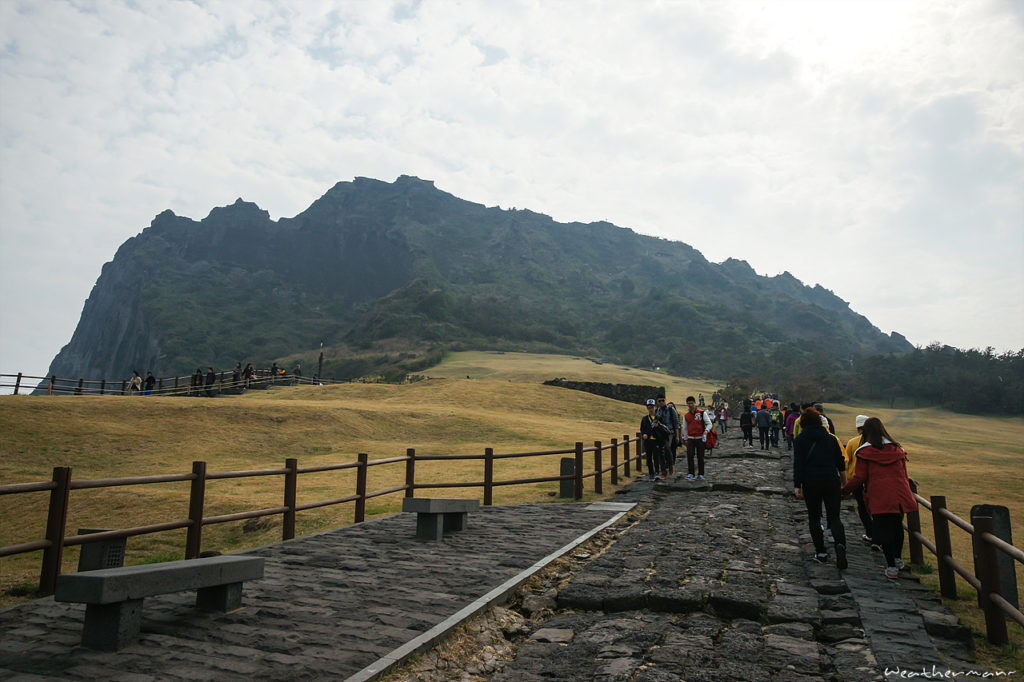The Peninsula
Commitment to Recognizing Historical Issues

What Happened
- During a speech commemorating the 1948 Jeju Uprising, Moon Jae-in highlighted a recently-revised National Assembly bill that will strengthen compensation for victims of this historical event.
- This is the fourth year in a row that Moon has spoken in a ceremony recognizing the Jeju Uprising and its victims, and he is the second president to do so since Roh Moo-hyun in 2006.
- Moon’s speech follows the formal acquittal of the victims of this historical event who were initially charged with violating South Korea’s national security law at the time of the uprising.
Implications: The South Korean government’s commitment to recognizing historical injustices goes beyond its engagements with Japan. There has been a lot of public attention on Seoul’s focus on compensation for victims of historical transgressions during the Japanese occupation of the Korean peninsula. However, the Moon Jae-in administration’s push for greater visibility of the crimes committed by South Korean authorities in Jeju Island in 1948 shows that Seoul is also making greater efforts to reconcile with its own historical wrongdoings. This is consistent with South Korea’s broader effort to further investigate events such as the 1980 Gwangju Massacre, which began in the early 2000s and have also increased under the Moon administration.
Context: The division of the recently liberated Korean Peninsula in 1948 acted as a catalyst of the Jeju Uprising. The more immediate cause was the decision to hold an election in the U.S.-occupied South despite the threat of boycott from the Soviet-occupied North. Fearing the permanent division of the peninsula, many residents of Jeju Island protested and joined a general strike led by the South Korean Workers’ Party. This led to reprisals from right-wing groups and local police, which instigated more protests and a fully-fledged insurgency starting in April 1948. Newly elected president Rhee Syngman ordered a crackdown, which caused the deaths of an estimated 30,000 people, including women, children, and the elderly.
This briefing comes from Korea View, a weekly newsletter published by the Korea Economic Institute. Korea View aims to cover developments that reveal trends on the Korean Peninsula but receive little attention in the United States. If you would like to sign up, please find the online form here.
Korea View was edited by Yong Kwon with the help of Melissa Cho and Alexandra Langford. Creative Commons image from Flickr account of iweatherman
